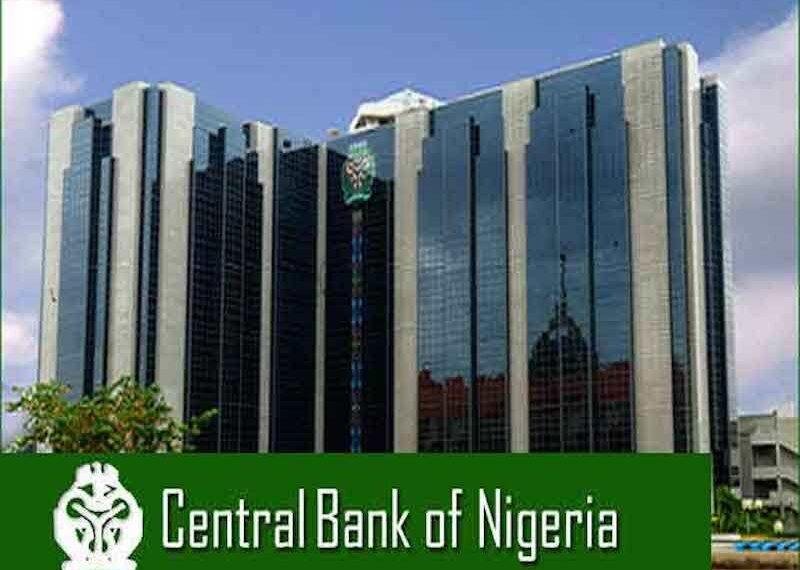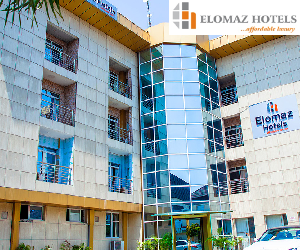Nigerian banks deposit with the Central Bank of Nigeria (CBN) skyrocketed by a massive 783.7 percent year-on-year, soaring to N79.8 trillion in the first seven months of 2025 (7m’25) compared to N9.03 trillion recorded in the same period of 2024 (7m’24). This extraordinary rise shows a significant buildup of excess liquidity within the banking sector.
The spike in deposits has drawn attention to the CBN’s liquidity management tools, particularly the Standing Deposit Facility (SDF) and Standing Lending Facility (SLF). Through the SDF, the apex bank accepts deposits from commercial banks and remunerates them at the Monetary Policy Rate (MPR) minus 100 basis points. With the current MPR at 27.5 percent, banks earn a 26.5 percent return on idle funds parked with the CBN, a lucrative option in times of weak loan demand or investment alternatives.
Quarter-on-quarter data further reveals the intensity of the liquidity surge. Banks’ deposits through the SDF spiked by 158.4 percent to N49.68 trillion in Q2’25 from N19.22 trillion in Q1’25. However, on a month-to-month basis, deposits dipped to N10.9 trillion in July from N15.4 trillion in June, marking a 29.2 percent drop.
Analysts link the SDF surge to the CBN’s transition last year to a single-tier remuneration model for bank deposits, which made the SDF increasingly attractive as a safe, high-yield option. In contrast, banks’ borrowing from the apex bank through the SLF dropped 11.6 percent year-on-year, falling to N66.47 trillion in 7m’25 from N75.19 trillion in 7m’24.
Read Also:
- CBN’s economic reforms win IMF praise amid signs of durable recovery
- Court grants ex-CBN Governor Emefiele N2bn bail
- EFCC hands over 753 luxury duplexes seized from Ex-CBN Governor to Housing Ministry for public sale
Interestingly, the trend reversed on a quarterly scale as SLF borrowing jumped 61 percent to N50.46 trillion in Q2’25 from N9.38 trillion in Q1’25. Despite the annual decline, July saw banks borrowing N6.63 trillion, a staggering 245.3 percent increase from N1.92 trillion in June.
This borrowing pattern reflects tightening liquidity conditions in the interbank money market, where the cost of funds has escalated sharply. At the end of July 2025, the average interest rate on Collateralized Open Buy Back (OBB) lending spiked to 31.6 percent, up from 25.75 percent in July 2024.
The CBN has also ramped up its liquidity mop-up operations via aggressive sale of Open Market Operations (OMO) treasury bills. In 7m’25, the apex bank sold N11.53 trillion worth of OMO bills, representing a 75.2 percent increase over the N6.58 trillion sold in 7m’24. This move signals the CBN’s effort to rein in excess liquidity and stabilize the naira amidst ongoing inflationary pressures.
With deposit and lending dynamics shifting rapidly and interbank rates climbing, the banking system is under heightened regulatory watch as the CBN fine-tunes its monetary tools to strike a delicate balance between liquidity and stability.






